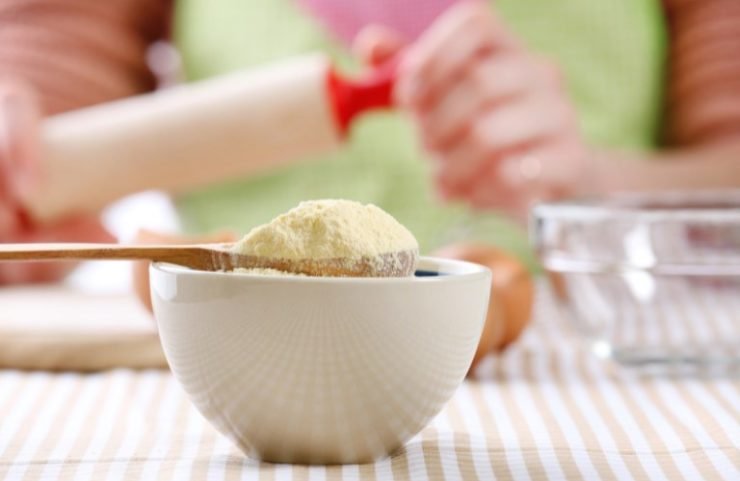Cornmeal is an essential ingredient in tons of different recipes, especially if you’re familiar with Southern cooking. However, sometimes you need to know a cornmeal substitute if you’re in a pinch and cooking dinner at the last minute or thought you had enough cornmeal and came up a little short.
When choosing a cornmeal substitute, it’s important to think about what role cornmeal plays in the dish you’re preparing. Are you substituting cornmeal for the flavor or the texture of the dish?
Sometimes it’s both, but sometimes you can get away with a texture substitute that wouldn’t work in a flavor substitute situation.
In This Article
Cornmeal Substitutes For Flavor
Cornmeal, unsurprisingly, is ground-up corn that adds a corny flavor to recipes or helps add extra crunch to different dishes. Cornmeal can be very coarse or very fine, and there’s a time and place for each cornmeal type. Your cornmeal substitution will vary based on what you need to substitute it for and the consistency you need to have.
Corn Grits
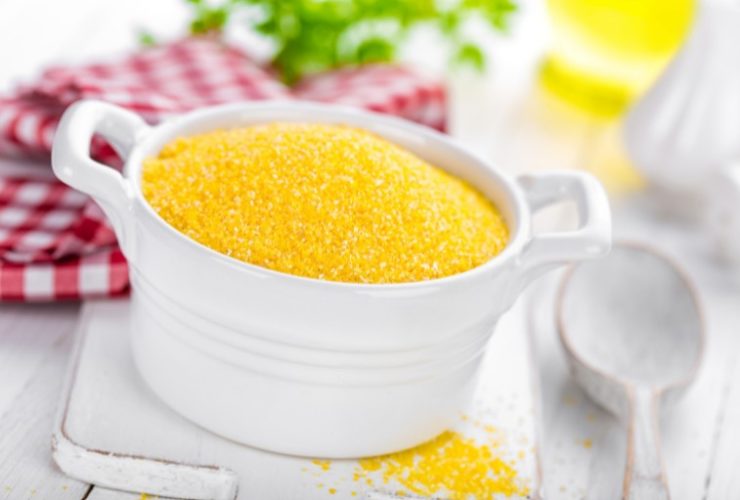
Corn grits are a fantastic cornmeal substitute in terms of both flavor and texture. You can choose to grind up the grits further or just use a smaller amount than you would if you had cornmeal available. The corn flavor of the grits makes an excellent substitution for cornmeal, and the texture of corn grits still gets that crunch without deviating too far from the recipe.
Polenta
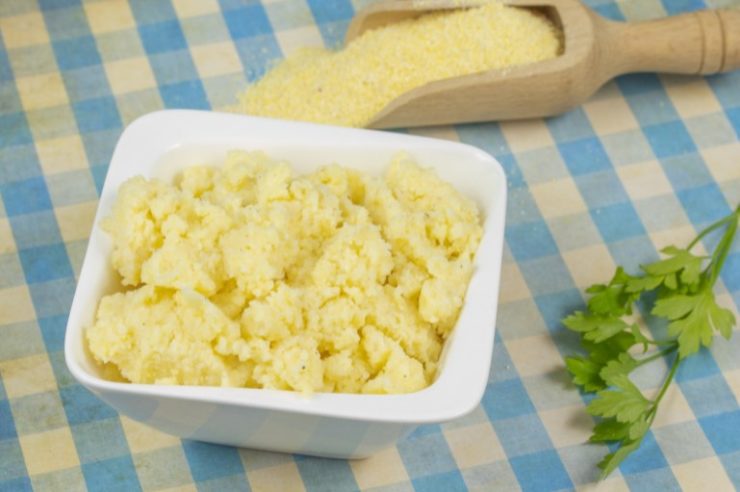
Polenta is another corn product, so it also makes an acceptable cornmeal substitute, though it may not be as good as corn grits. Much like cornmeal, polenta is available in coarse to fine textures. The texture of your polenta will dictate if you can substitute it as cornmeal with a 1:1 ratio or if you should use a reduced amount because your polenta is more coarse.
Corn Chips
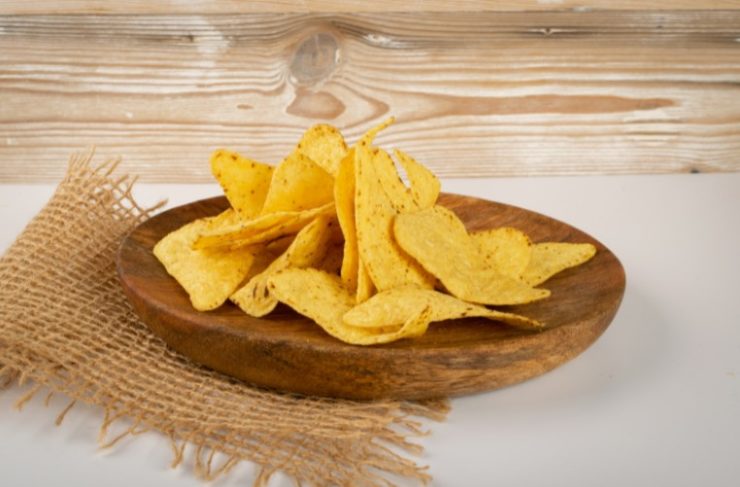
Using corn chips as a cornmeal substitute may require some physical effort to get the consistency right, but otherwise works as a great replacement option. Corn chips will add that same crunch and corn flavor the recipe calls for, and you may have them lying around your kitchen anyway.
You’ll have to play around a bit to get the corn chips to match the consistency of the cornmeal, whether it’s fine or coarse, but it will work in a pinch. It’s best not to make a habit of replacing cornmeal with ground-up corn chips, but in a bind, it’s a great substitution.
Cornmeal Substitutes For Texture
Besides adding a corn flavor, cornmeal also adds some texture and crunchiness to a variety of recipes. Some recipes may not require you to keep that corn flavor but will need a different ingredient that adds crispness and a deeper texture. That’s where texture cornmeal substitutes come in.
Bread Crumbs
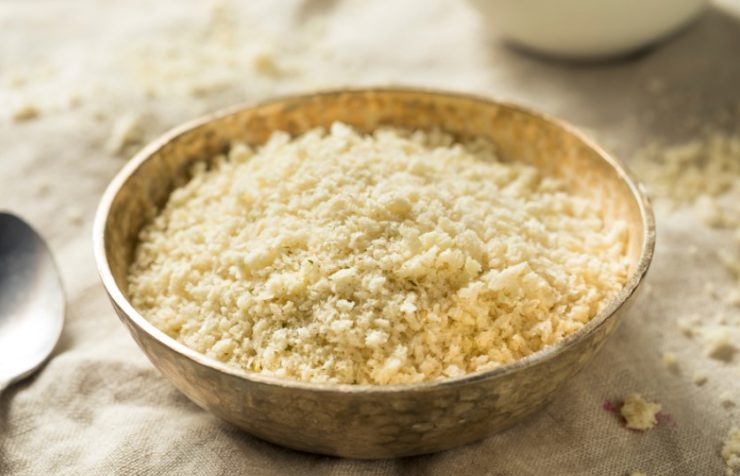
Bread crumbs work as a wonderful cornmeal substitute when you’re frying something, especially in oil. Cornmeal adds a crunchy coating to fish or chicken, two popularly fried items, so substituting bread crumbs can add that same depth of texture and flavor.
In this case, it would be best to substitute regular, non-flavored bread crumbs for cornmeal, as it’ll stay as true to the texture and flavor of the original recipe as much as possible. While bread crumbs aren’t the same as cornmeal, the substitution will work in a cooking bind.
Ground Oats
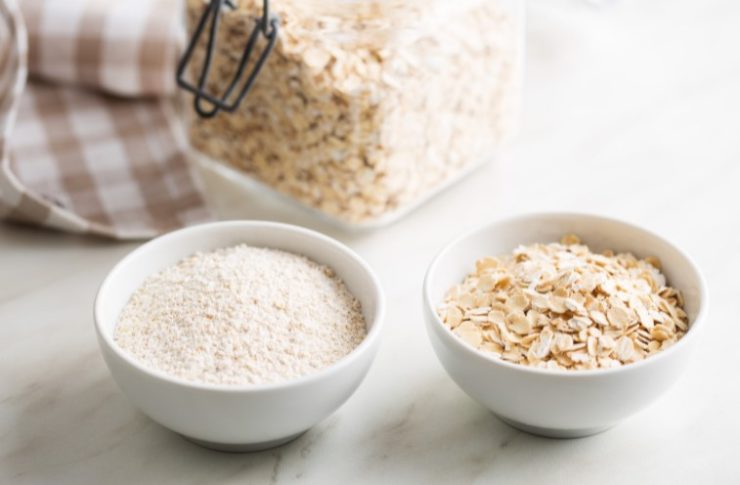
Ground oats won’t taste the same as cornmeal, it’s true, but it will help give you the texture the recipe calls for. You’ll have to pay attention to the consistency of your oats, as coarser oats will mean you have to use less than the recipe requires.
Much like bread crumbs, ground oats aren’t a perfect substitute for cornmeal. The flavor will be a bit different, but it’ll keep the crunchy texture that the recipe needs. A ground oat substitution would work especially well in baking recipes that call for cornmeal.
Semolina
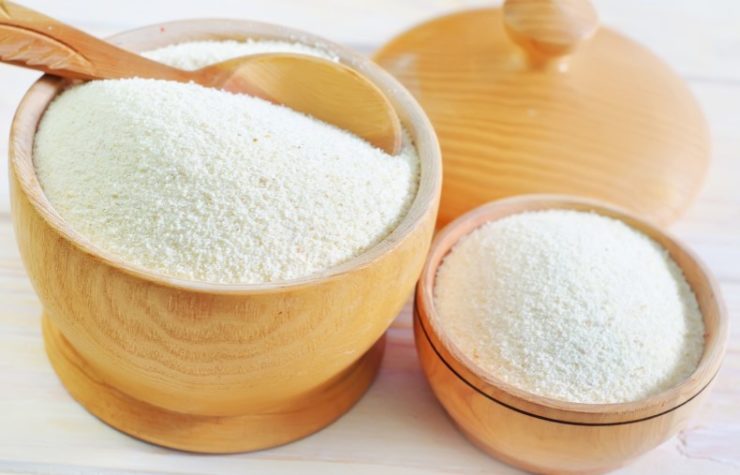
Don’t let the name fool you – semolina is a pretty common ingredient, coming from a specific type of wheat. Its crispy, crunchy texture is a great replacement for cornmeal in certain recipes. Semolina works well to add texture to homemade English muffins, pizza dough, and the tops of bread.
Semolina can be coarse, but you can also grind it into fine semolina flour. Semolina flour is a great choice for pasta, baking, and other items requiring a high fiber and gluten content. When using semolina as a cornmeal substitute, it’s best to stick to something a bit more coarse, though it will depend on the recipe you’re following.
Recap
Lacking cornmeal when you are in the middle of a recipe is not the end of the world. With all of the different options available, you are sure to find a substitute easily. It is likely already in your kitchen!
For more ingredient substitutes and culinary principles take advantage of our wealth of knowledge in the Kitchen Ambition Cooking School.
